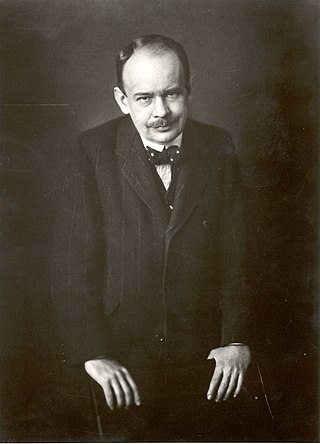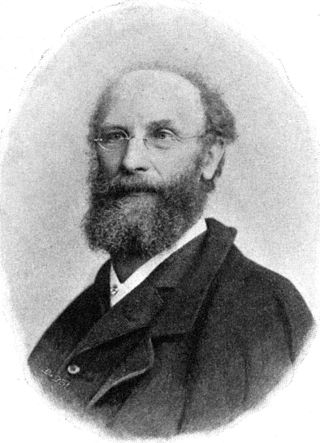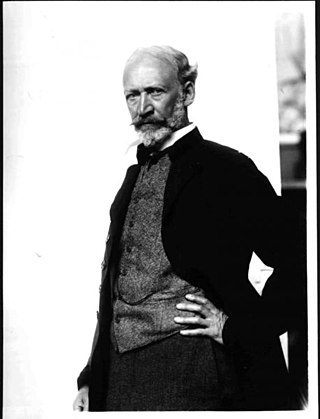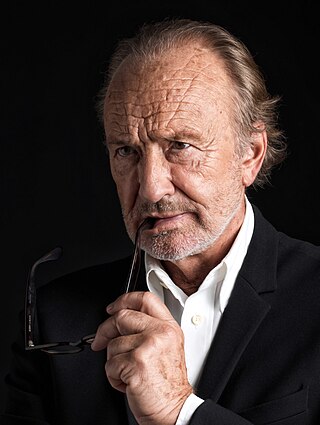External links
- Alois Machatschek at archINFORM
- Mario Schwarz, Friedmund Hueber: Trauer um Alois Machatschek. Obituary on the website of the Österreichische Gesellschaft für Denkmal- und Ortsbildpflege.
Alois Machatschek (born 25 November 1928 in Bratislava; died 5 May 2014 in Salzburg) was an Austrian architect, architectural historian, university professor and architectural preservationist.
Machatschek, the son of a builder, studied architecture at the Vienna College of Technology and then worked for Karl Holey as an assistant at the Institute for Architecture and Architectural Drawing. In 1961, he completed a doctorate. Among his early work was participation in the design of the Arthur-Schnitzler-Hof Gemeindebau in Döbling. In the 1960s, Machatschek devoted himself mainly to Mediterranean architectural history and received his habilitation for a work on tomb buildings in Rough Cilicia.
Machatschek was known above all for his cautious, high-quality restorations of historic buildings. After his habilitation, he devoted himself increasingly to Historic preservation. The restoration of the Schloss Rohrau, seat of the Harrach family, followed several projects for the Princely Family of Liechtenstein. Together with Wilfried Schermann, Machatschek conducted the renovations of the Palais Ferstel from 1978 to 1986 and the baroque Palais Caprara-Geymüller on Wallnerstraße, Vienna from 1986 to 1988. He was responsible for the reopening of Otto Wagner's Vorortelinie of the Wiener Stadtbahn as Line S 45 of the Vienna S-Bahn in 1987 after a decade of closure. This project involved some new construction around Haltestelle Wien Krottenbachstraße and Haltestelle Wien Breitensee in a Postmodern style which was modelled on Wagner's work.
Machatschek taught at the Vienna University of Technology and was President of the Österreichische Gesellschaft für Denkmal- und Ortsbildpflege from 1998 to 2006.

Max Dvořák was a Czech-born Austrian art historian. He was a professor of art history at the University of Vienna and a famous member of the Vienna School of Art History, employing a Geistesgeschichte methodology.

Alois Riegl was an Austrian art historian, and is considered a member of the Vienna School of Art History. He was one of the major figures in the establishment of art history as a self-sufficient academic discipline, and one of the most influential practitioners of formalism.

The Palais Equitable is a mansion in Stock-im-Eisen-Platz in the Innere Stadt of Vienna, Austria, that was built in the 19th century for The Equitable Life Assurance Society of the United States and that incorporates the Stock im Eisen on one corner.
Josef Breu was an Austrian geographer and cartographer and for several years Chair of the United Nations Group of Experts on Geographical Names (UNGEGN).

Richard Pribram was an Austrian chemist. He was the brother of internist Alfred Pribram (1841–1912).
Gerhard Vinken is a German art historian and a professor at the University of Bamberg.
Hans Tietze was an Austrian art historian and member of the Vienna School of Art History.

Franz Anton von Harrach zu Rorau was appointed coadjutor of Vienna and Titular Bishop of Epiphania in Syria in 1701, was from 1702 to 1705 Prince-Bishop of Vienna, 1705 coadjutor of Salzburg, and ruled from 1709 to 1727 as one of the most important Prince-Archbishops of Salzburg.
Leopold Fischer (1902-1978) was an Austrian police officer and much-awarded Pictorialist, and later, Modernist, photographer.

Ludwig Julius Eisenberg was an Austrian writer and encyclopedist. He wrote a lexicon of stage artists, among other publications.
Uwe Harten is a German musicologist, who works in Austria.
Andre Gingrich is an Austrian ethnologist and anthropologist, member of the Austrian Academy of Sciences, director of the Institute for Social Anthropology of the Austrian Academy of Sciences, and retired professor at the University of Vienna.
Alexander Rausch is an Austrian musicologist.

Johannes Benk was an Austrian monumental sculptor.

Hans Bitterlich was an Austrian sculptor.
Kerstin Susanne Jobst is a German historian and professor. Since 2012 she has taught at the Institute for East European History at the University of Vienna.

Miguel Herz-Kestranek is an Austrian actor and author.
Carl Julius Haidvogel was born to Carl Haidvogel and Juliana on 13 September 1891 in Vienna, Austria. From 1912, Haidvogel worked as a registrar for the municipality of Vienna, was a part-time editor at the public educational institute and observatory Urania, and a dramaturge at the Bühne der Jungen. He started publishing his famous literary works in 1918. In the 1920s, he came into contact with the "Weekend and Settlement Movement" of the Viennese municipal Councillor Anton Weber, which also influenced his work. In 1937, Haidvogel joined the "Union of German Writers in Austria". Although Haidvogel was not among the contributors to the Confession Book of the "Union of German Writers of Austria" (BdSÖ), he was one of the signatories of the "Confession of the Union of German Writers to the Führer", published in Grazer Tagespost on 27 March 1938. Haidvogel was friends with Josef Weinheber and Karl Heinrich Waggerl. Haidvogel's work "The Pillars of God" was placed on the list of banned authors and books in Austria in 1946. In 1956, Haidvogel was retired. In 1971, he received the Austrian Decoration for Science and Art. He welcomed his son Gerhard with wife Lotte on 14 January 1921; Gerhard became the famous Austrian architect Gerhard Haidvogel. Carl Julius Haidvogel died on 26 December 1974 in Graz.

Klimt Villa is a building located in the Hietzing district of Vienna built in the early 1920s upon the last Viennese studio of the painter Gustav Klimt.

Olga Ehrenhaft-Steindler was an Austrian physicist and science teacher. In 1903, she became the first woman to earn a physics doctorate at the University of Vienna. She established the first Wiener Handelsakademie für Mädchen, as well as a grammar school for girls, in 1907.